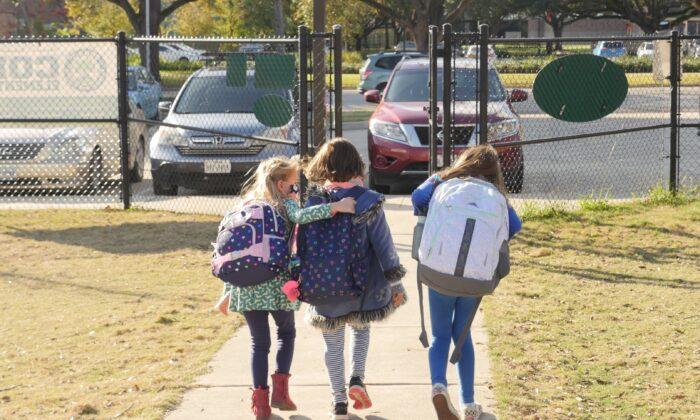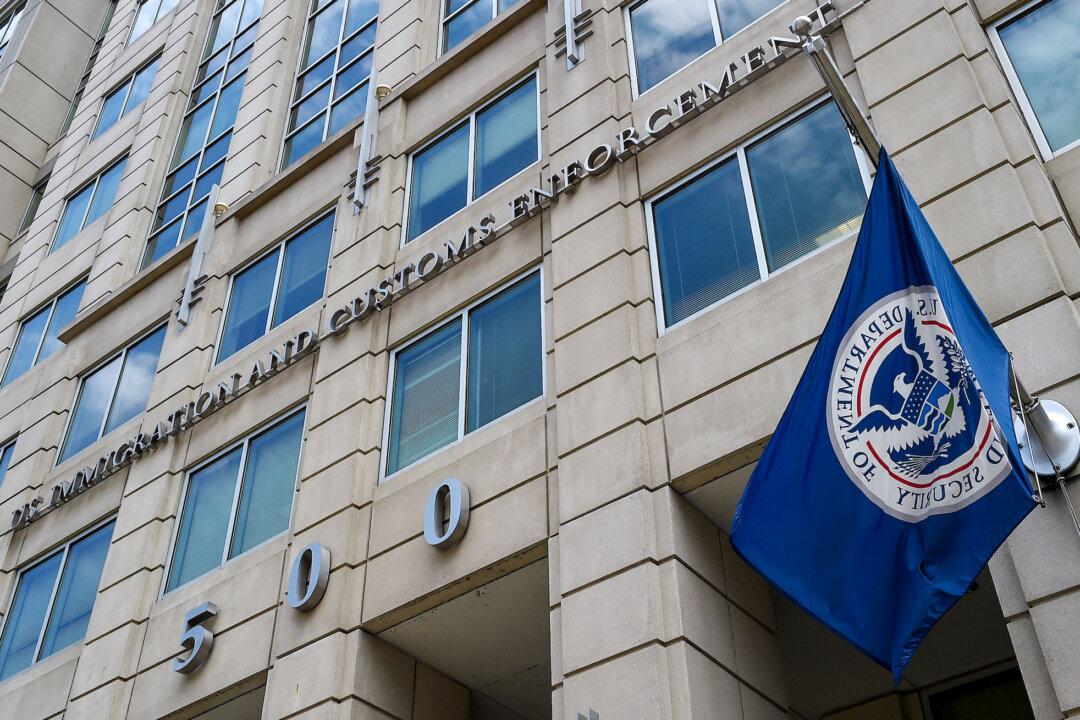The AAP called its new guidance a “layered approach,” which includes recommendations for building ventilation, quarantining, as well as cleaning and disinfection.
“We need to prioritize getting children back into schools alongside their friends and their teachers—and we all play a role in making sure it happens safely,” said Sonja O’Leary, chair of the AAP Council on School Health, in a statement. “Combining layers of protection that include vaccinations, masking and clean hands hygiene will make in-person learning safe and possible for everyone,” she added.
The association said universal masking is necessary because much of the student population is not eligible for vaccines, and “masking is proven to reduce transmission of the virus and to protect those who are not vaccinated.”
The AAP’s recommendation on universal masking in schools, with exemptions for those with a medical or developmental condition, is stricter than the CDC guidelines, which say that vaccinated students and staff need not wear masks at school.
“I think that the American Academy of Pediatrics ... they’re a thoughtful group, they analyze the situation and if they feel that that’s the way to go, I think that’s a reasonable thing to do,” Fauci said.
“When you have a degree of viral dynamics in the community, and you have a substantial proportion of the population that is unvaccinated, that you really want to go the extra step, the extra mile to make sure that there’s not a lot of transmission, even breakthrough infections among vaccinated individuals,” he said.
Mask wearing amid the COVID-19 pandemic has become a hot button issue, with some questioning the efficacy of facial coverings and others opposing mandates on grounds of personal liberty. Advocates, on the other hand, have broadly taken a better-safe-than-sorry approach in the face of underpowered efficacy studies, while generally viewing mandates as a minor inconvenience that helps protect people who are prone to serious complications if they get infected.





